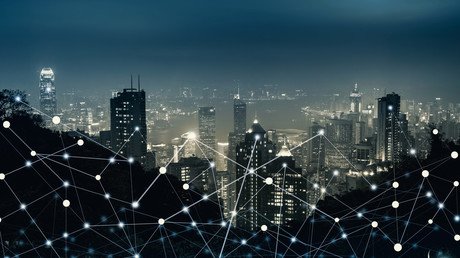Rupee depreciation to raise India’s oil bill by $26 billion

A cheaper rupee could increase India’s crude oil bill by as much as $26 billion in FY 2018/19, according to Indian government officials.
The currency hit a low of 70.32 to the US dollar on Friday, which will also push up fuel prices at the pump and prices of cooking gas.
At the same time, Indian crude oil imports are set to rise: last financial year, the country imported 220.43 million tons of crude, with the bill coming in at $87.7 billion This financial year, imports are estimated to reach 227 million tons while international oil benchmarks and the US dollar rise higher and the rupee falls.
The FY 2018/19 oil import bill was at the start of the year estimated at $108 billion on the basis of an average benchmark oil price of $65 and an exchange rate of 65 rupees per dollar. However, oil has been trending higher than this for much of the year so far and supply concerns resulting from the US sanctions against Iran and worry about spare production capacity among OPEC members are likely to keep it higher than $65 until the end of the year at least.
On top of higher benchmark prices, if the rupee remains around $70 per U.S. dollar, the oil import bill could swell to $114 billion. This would in turn pressure India’s economy further: the currency depreciation followed the latest trade deficit reading, which revealed India’s imports exceeded its exports by $18 billion. This is the highest trade deficit since 2013.
Earlier this year, India called on OPEC to take action and bring oil prices down, or risk a demand crunch. OPEC obliged, agreeing with Russia in June to boost combined production by a million barrels daily. However, the agreement and the subsequent increase in Russia’s and some OPEC members’ production failed to have a substantial effect on prices, as Saudi Arabia surprisingly produced 200,000 bpd less in July and a round of US sanctions against Iran came into effect.
This article was originally published on Oilprice.com















